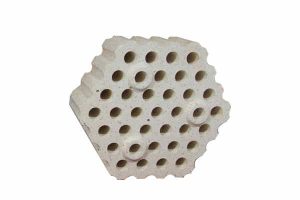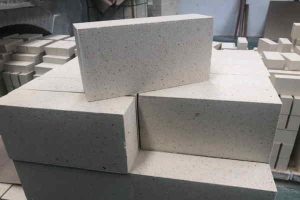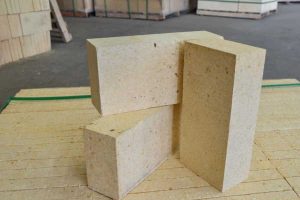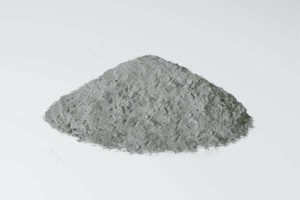G-size refractory bricks
G-size refractory bricks belong to the size of the products for blast furnaces, le matériau général est à haute teneur en alumine et en argile, et divers matériaux produits personnalisés, comme l'argile, haute alumine, silice, corindon, mullite, etc., to meet the requirements of the use of refractory bricks for blast furnace.
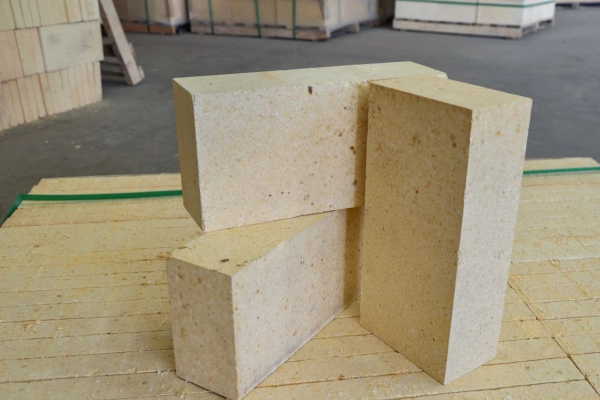
G1-G8 are blast furnace refractory bricks, commonly used high alumina bricks and clay bricks.
The following is the standard introduction of G series bricks.
G1:230*15*75(millimètre)
G2:345*150*75(millimètre)
G3:230*150*135*75(millimètre)
G4: 345*150*130*75(millimètre)
G5: 230*150*120*75(millimètre)
g6: 345*150*110*75(millimètre)
G7: 230*150*90*75(millimètre)
g8: 345*150*90*75(millimètre)
The function of Blast Furnace Refractories
There are many kinds of blast furnace refractories. En général, clay bricks or high alumina bricks with excellent function are used in the middle and upper part of the furnace body. And special refractories such as carbon products, silicon carbide bricks, briques de mullite, and corundum bricks are used in the lower part of the furnace body, the waist of the furnace body, and the belly of the furnace body. Especially the recently produced silicon carbide bricks have been successfully used in blast furnaces. Together, other indefinite refractories have also been widely used.
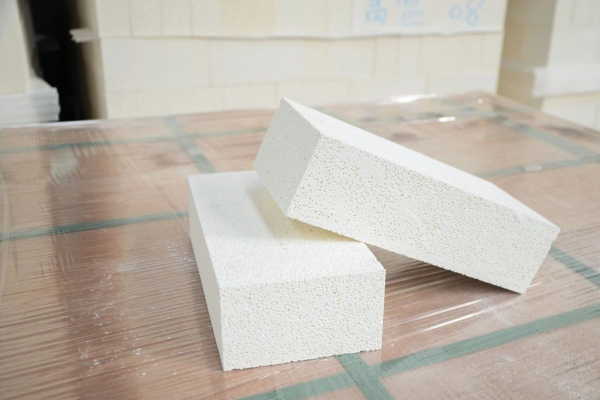
In the construction of wall blast furnaces, hauts fourneaux à chaud, or lime kilns, the cooperation of two brick types allows the construction of rings of different diameters to accommodate the size and diameter of the furnace as it changes with extreme height. It is common to use G1 insulated bricks in cooperation with G3 or G5 wedge bricks and G2 insulated bricks in cooperation with G4 or G6 wedge bricks. The number of straight bricks cooperating with wedge bricks varies because the ring diameter varies during the walling process.
Furnace lining walls, whose ring joints require all staggered masonry walls, require no brick cutting. If the brick must be cut, need to be smoothed, masonry thickness, and staggered joints by the brick length of 230mm and 345mm, cooperative masonry thickness can be adjusted to 115mm to reach the staggered joints. Thickness change lacks 115mm and can be adjusted by using masonry and furnace shell or masonry and the cold wall between the packing joints.
The working conditions and damage mechanism of each part of the furnace; the way of cooling equipment and its impact on the brick lining; to guess whether the shape of the furnace after corrosion is reasonable.
Reasonable planning of the brick type is the only way to ensure the quality of masonry. Insulation brick thickness in general, is 75mm, and can get a small level seam. Insulation brick lengths of 230mm and 345mm two kinds of, can be a convenient wrong seam. There are two types of bricks, straight insulation bricks, and wedge-shaped insulation bricks. Wedge insulation bricks or straight insulation bricks are used separately with wedge insulation bricks to build walls and produce ring charges of any diameter to meet the needs of blast furnaces of different capacities.
Accounting for the number of bricks: The furnace floor can be calculated based on the total brick volume divided by the capacity of each brick. In calculating the number of bricks per layer, the horizontal cross-sectional area of the furnace bottom bricks can be divided by the corresponding surface area of each brick for calculation. En général, also consider a 2% à 5% loss.
If you need to account for the weight of the bricks, multiply the number of bricks by the weight of each brick. The rest of the blast furnace is cylindrical or conical. A circle should be constructed both at the base and at the inner surface. And in the construction of a circle, it is necessary to use wedge-shaped insulation bricks. If an arbitrary straight body is built, either on the base layer or on the inner surface layer, a ring should be constructed, and it is necessary to use wedge-shaped insulation bricks when constructing a ring.
If building an arbitrary diameter ring, it is necessary to use wedge insulation bricks in conjunction with straight insulation bricks. En général, G11 straight insulation bricks are used with G13 or G15 wedge insulation bricks, and G2 straight insulation bricks are used with G4 or G16 wedge insulation bricks. The amount of cooperation between straight insulation bricks and wedge insulation bricks varies depending on the ring diameter.

